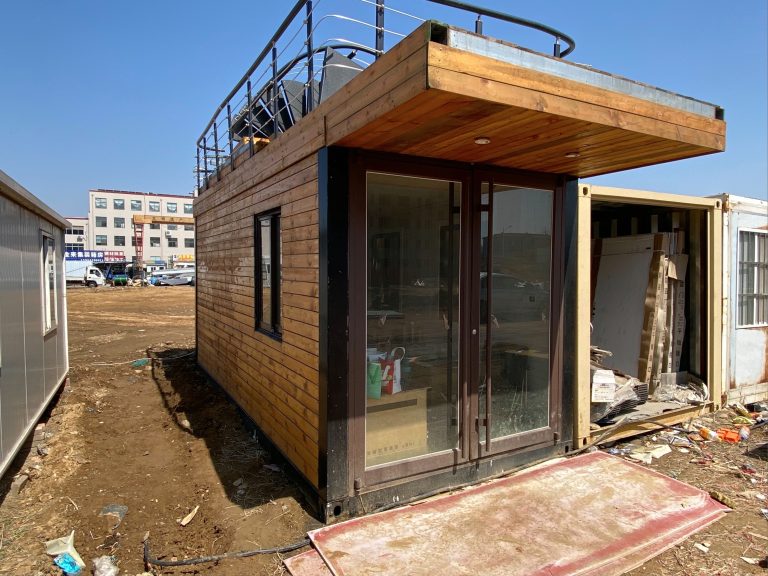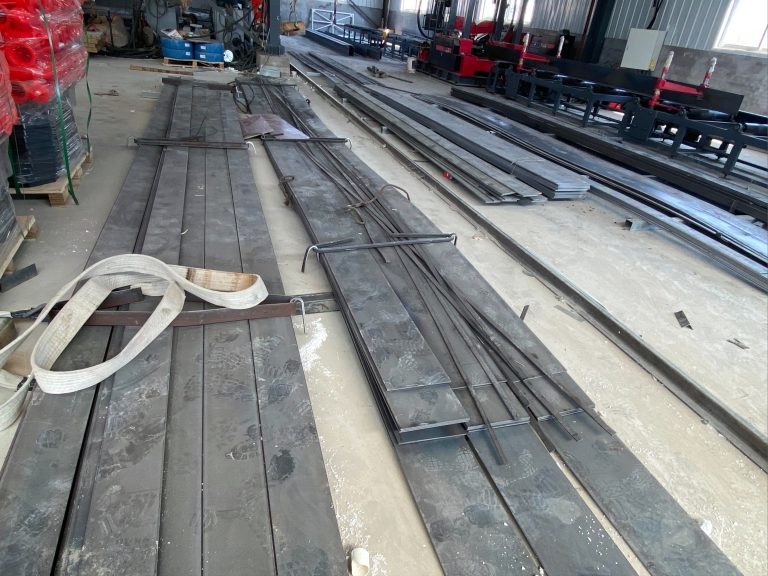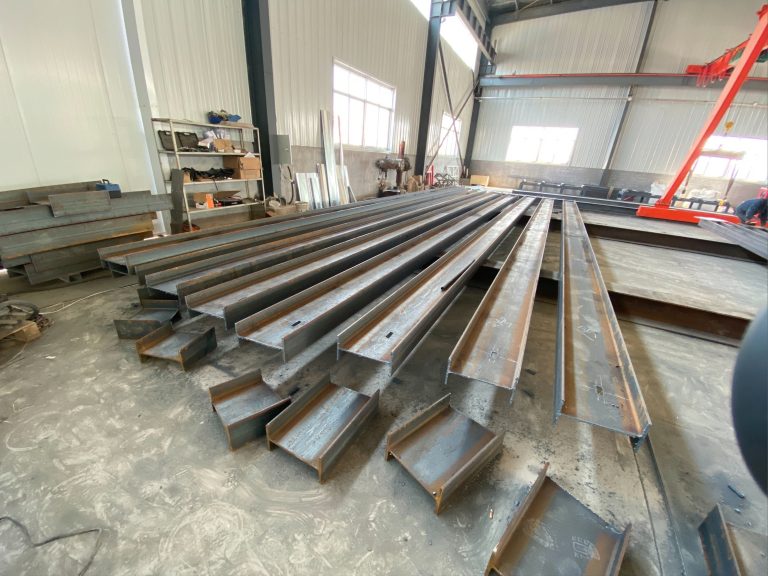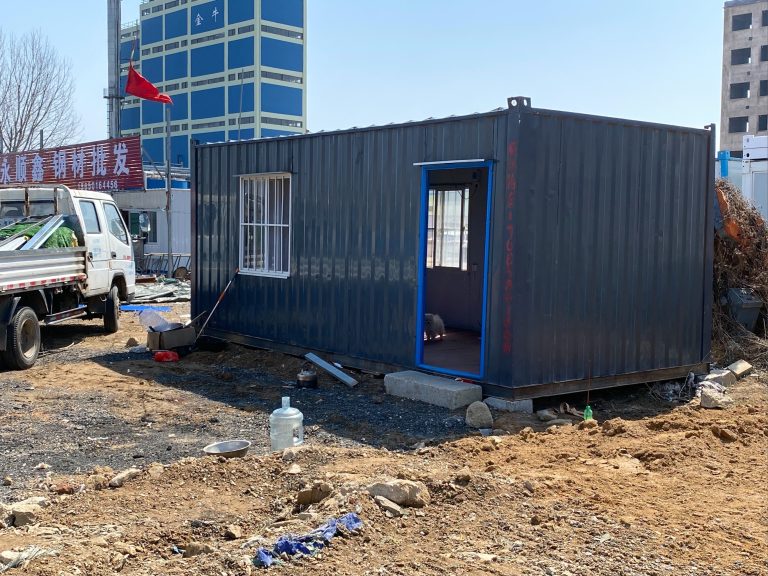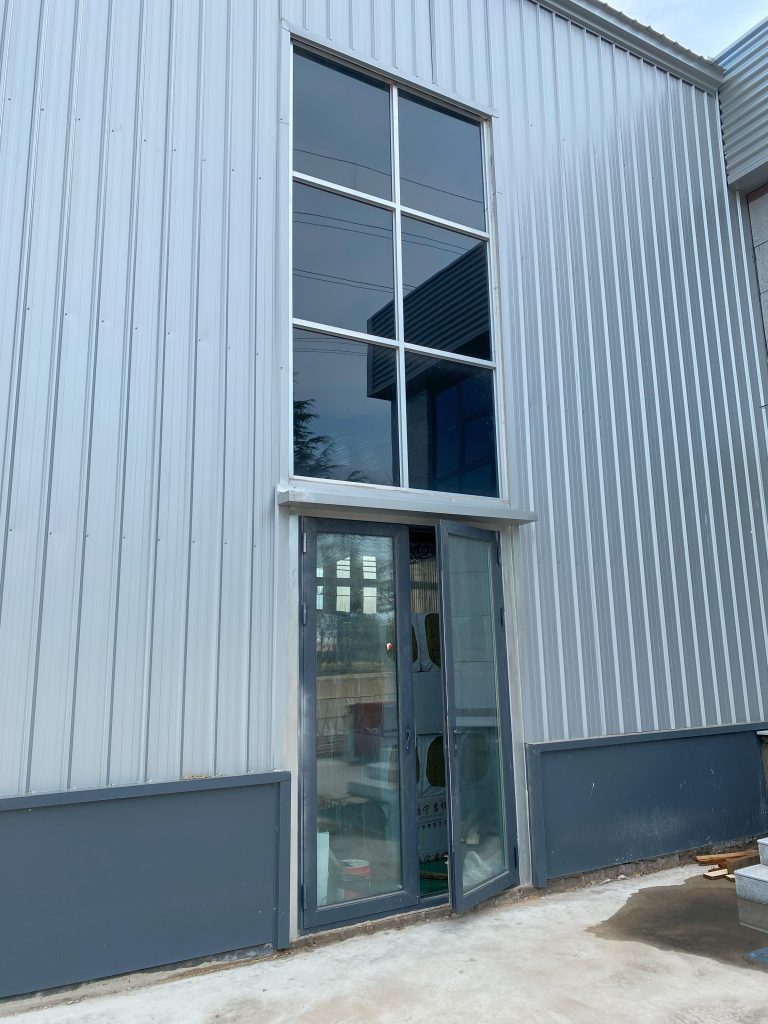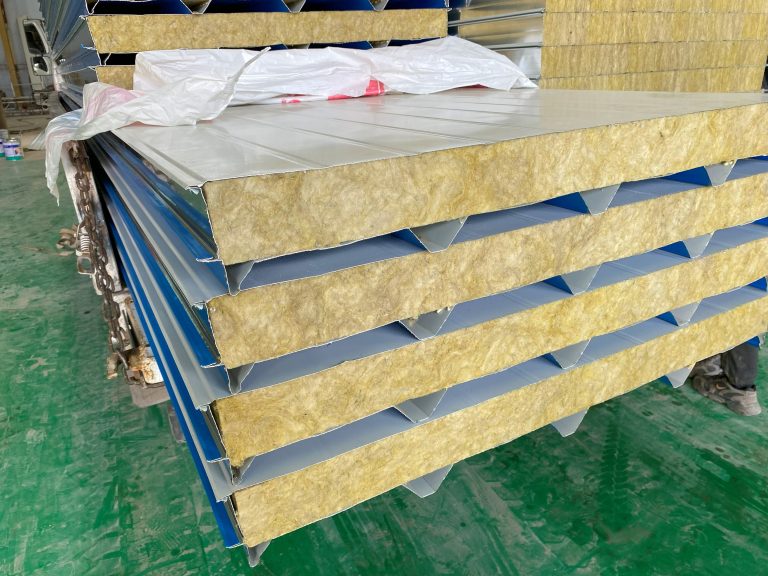Construction measurement and positioning technology of steel structure
Inhoudsopgave
Advancements in Laser Scanning Technology for Precise Steel Structure Measurements
Construction measurement and positioning technology has seen significant advancements in recent years, particularly in the field of steel structure construction. One of the key technologies that has revolutionized the way steel structures are measured and positioned is laser scanning technology. Laser scanning technology allows for precise and accurate measurements to be taken, ensuring that steel structures are built to exact specifications.
Laser scanning technology works by emitting a laser beam that scans the surface of an object or structure. The laser beam then reflects off the surface and is captured by a sensor, which creates a 3D model of the object or structure. This 3D model can then be used to take precise measurements and ensure that the steel structure is positioned correctly.
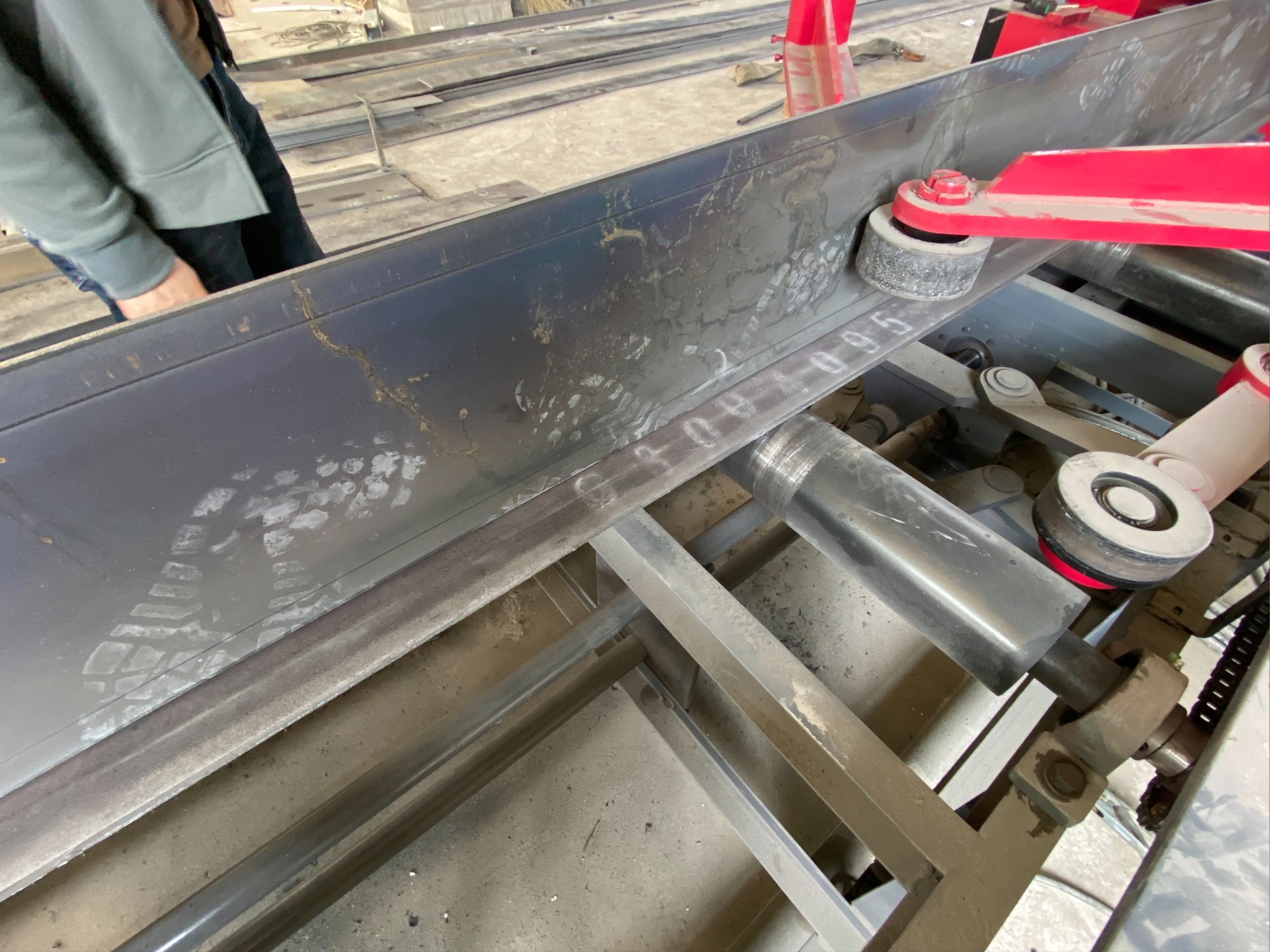
One of the main advantages of laser scanning technology is its ability to capture detailed and accurate measurements in a fraction of the time it would take using traditional measurement methods. This not only saves time but also reduces the margin of error, ensuring that steel structures are built to the highest standards of precision.
In addition to precise measurements, laser scanning technology also allows for real-time positioning of steel structures. By using GPS technology, laser scanners can determine the exact position of a steel structure within a construction site, ensuring that it is placed in the correct location. This level of accuracy is crucial in ensuring that steel structures are built safely and securely.
Furthermore, laser scanning technology can also be used to monitor the progress of construction projects. By scanning the steel structure at various stages of construction, project managers can track the progress of the project and identify any potential issues before they become major problems. This level of monitoring can help to ensure that construction projects are completed on time and within budget.
Another key benefit of laser scanning technology is its ability to create detailed as-built documentation of steel structures. By capturing precise measurements and creating 3D models, laser scanners can provide a comprehensive record of the construction process. This documentation can be invaluable for future maintenance and renovation projects, as well as for compliance with building codes and regulations.
Overall, laser scanning technology has revolutionized the way steel structures are measured and positioned in construction projects. Its ability to provide precise measurements, real-time positioning, progress monitoring, and detailed documentation make it an essential tool for ensuring the quality and accuracy of steel structure construction.
As technology continues to advance, we can expect to see even more innovations in construction measurement and positioning technology. Laser scanning technology is just one example of how technology is transforming the construction industry, and it is likely that we will see even more advancements in the years to come. By embracing these technologies, construction companies can improve efficiency, accuracy, and safety in their projects, ultimately leading to better-built steel structures for the future.
Implementing GPS Tracking Systems for Accurate Positioning of Steel Components in Construction Sites
Construction measurement and positioning technology has significantly evolved over the years, especially in the realm of steel structure construction. With the advancement of GPS tracking systems, construction companies can now accurately position steel components on construction sites with precision and efficiency. This technology has revolutionized the way steel structures are built, ensuring that every piece fits perfectly into place.
One of the key benefits of implementing GPS tracking systems in steel structure construction is the ability to precisely measure and position steel components. By using GPS technology, construction teams can determine the exact location of each steel piece, ensuring that they are placed in the correct position according to the design plans. This level of accuracy is crucial in ensuring that the steel structure is built to the highest standards and specifications.
Furthermore, GPS tracking systems allow construction teams to monitor the movement of steel components in real-time. This means that any deviations from the planned positioning can be quickly identified and corrected, preventing costly mistakes and delays in the construction process. By having a clear view of the location of each steel component, construction teams can ensure that the structure is built according to the design plans, minimizing the risk of errors and rework.
In addition to accurate positioning, GPS tracking systems also offer benefits in terms of efficiency and productivity. By streamlining the construction process and reducing the time spent on measuring and positioning steel components, construction teams can complete projects faster and more efficiently. This not only saves time and money but also allows construction companies to take on more projects and increase their overall productivity.
Another advantage of using GPS tracking systems in steel structure construction is the ability to improve safety on construction sites. By accurately positioning steel components, construction teams can ensure that they are placed in a secure and stable manner, reducing the risk of accidents and injuries. This technology also allows construction teams to identify potential hazards and take proactive measures to mitigate risks, creating a safer working environment for everyone involved in the construction process.
Overall, the implementation of GPS tracking systems in steel structure construction has revolutionized the way construction companies approach measurement and positioning. By leveraging this technology, construction teams can achieve greater accuracy, efficiency, and safety on construction sites, ultimately leading to higher quality structures and improved project outcomes. As technology continues to advance, it is clear that GPS tracking systems will play a crucial role in shaping the future of steel structure construction, providing construction companies with the tools they need to succeed in an increasingly competitive industry.

